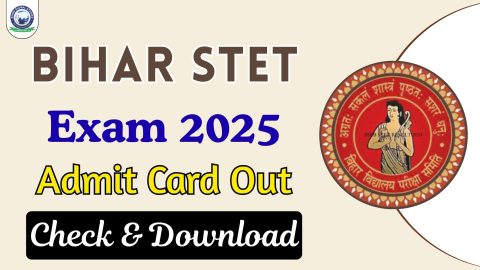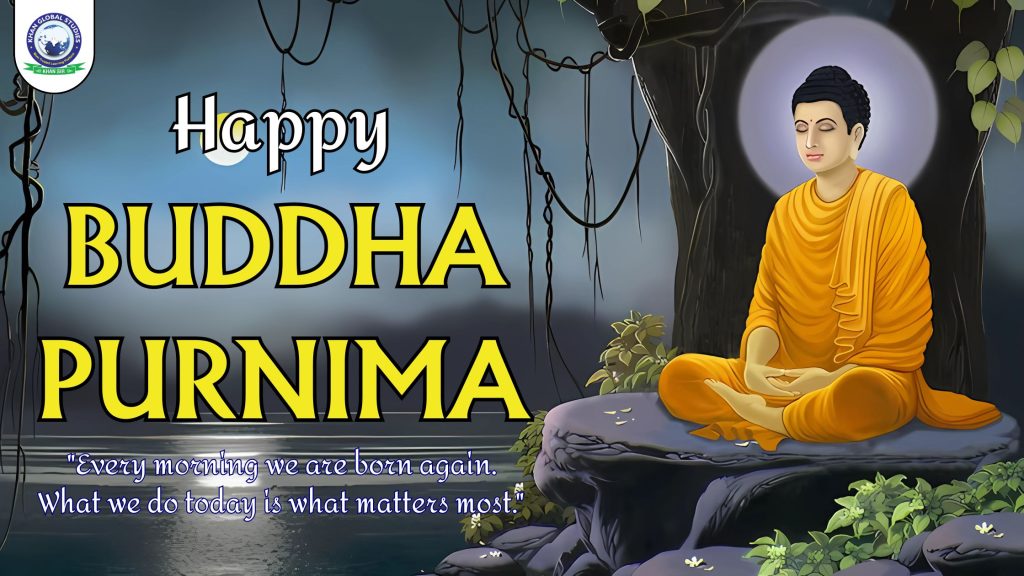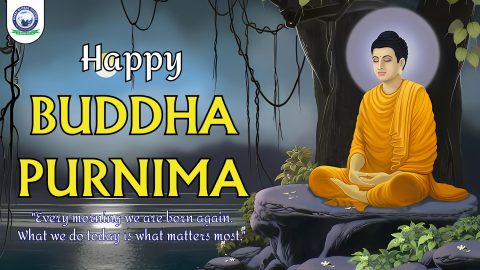What is Buddha Purnima?
Buddha Purnima, also known as Vesak, is one of the most sacred festivals in Buddhism. It marks the birth, enlightenment (Bodhi), and Mahaparinirvana (death) of Gautama Buddha, all of which, as per tradition, occurred on the same day. In 2025, Buddha Purnima will be celebrated on Thursday, May 15. This day falls on the full moon (Purnima) of the Vaisakha month, as per the Hindu lunar calendar.
Historical Significance of Buddha Purnima
Siddhartha Gautama, later known as Buddha, was born in Lumbini (modern-day Nepal) in the 6th century BCE. Born into a royal family, he renounced material life at the age of 29 in search of truth and enlightenment. After years of intense meditation, he attained Nirvana under the Bodhi tree in Bodh Gaya. At the age of 80, he attained Mahaparinirvana in Kushinagar.
Rituals Performed on Buddha Purnima
Buddha Purnima is observed with great devotion across Buddhist communities in India, Nepal, Sri Lanka, Thailand, Cambodia, Japan, China, and other countries. The rituals vary, but key elements include:
- Visit to Monasteries: Devotees visit Buddhist monasteries, stupas, and shrines early in the morning. They offer flowers, incense sticks, and candles, representing the impermanence of life.
- Chanting and Meditation: Monks and followers engage in chanting sutras like the Dhammapada, and perform Vipassana meditation, focusing on the teachings of compassion, mindfulness, and peace.
- Acts of Charity: Feeding the poor, distributing clothes, and releasing animals (like birds or fish) to show compassion for all living beings are common practices.
Worship Method of Buddha Purnima
To perform Buddha Purnima Puja at home or in a temple, follow this traditional method:
- Clean the space and place a statue or image of Lord Buddha on a platform.
- Offer white flowers, sandalwood paste, water, and incense sticks.
- Light a butter lamp or diya and meditate in silence for a few minutes.
- Recite Buddha Vandana, Tisarana, and Panchasila.
- Read from the Dhammapada or narrate the Jataka tales, especially for children.
Sacred Journey of the Buddha
The life of Gautama Buddha is an eternal inspiration for seekers of truth:
- Birth in Lumbini: Born to Queen Maya and King Suddhodana, Siddhartha was prophesied to be either a great king or a spiritual leader. His early life was sheltered and luxurious.
- Renunciation at 29: Disturbed by the sight of old age, sickness, death, and an ascetic, he renounced the world and left his palace in search of enlightenment.
- Enlightenment in Bodh Gaya: After six years of austerity, under the Bodhi Tree, he attained enlightenment and became Buddha – the Awakened One.
- Teaching the Dharma: For 45 years, he travelled across Magadha, Kashi, Vaishali, and other regions, spreading the message of Dhamma – the path to liberation.
- Mahaparinirvana at Kushinagar: At the age of 80, surrounded by his disciples, Buddha left his mortal body in Kushinagar, attaining Mahaparinirvana.
Celebrations in India and Worldwide
- India:
- Bodh Gaya, Sarnath, and Kushinagar witness massive gatherings and spiritual discourses.
- Delhi’s Buddha Jayanti Park and Ladakh’s Hemis Monastery organize peaceful marches and cultural programs.
- Worldwide:
- Sri Lanka celebrates with lantern festivals.
- In Thailand, people offer alms to monks at sunrise.
- Japan celebrates Hanamatsuri, or “Flower Festival,” on April 8, but the sentiment is similar.
Teachings of the Buddha
His teachings are timeless and universal:
- The Four Noble Truths: Suffering, its origin, cessation, and the path.
- The Noble Eightfold Path: Right view, intention, speech, action, livelihood, effort, mindfulness, and concentration.
- The Middle Path: Avoiding extremes of indulgence and asceticism.
Conclusion: A Day of Peace, Reflection, and Devotion
Buddha Purnima 2025 is not just a religious event but a reminder of inner transformation, compassion, and spiritual awakening. As we celebrate this auspicious occasion, let us reflect on our actions, cultivate kindness, and walk on the noble path shown by the Enlightened One.





